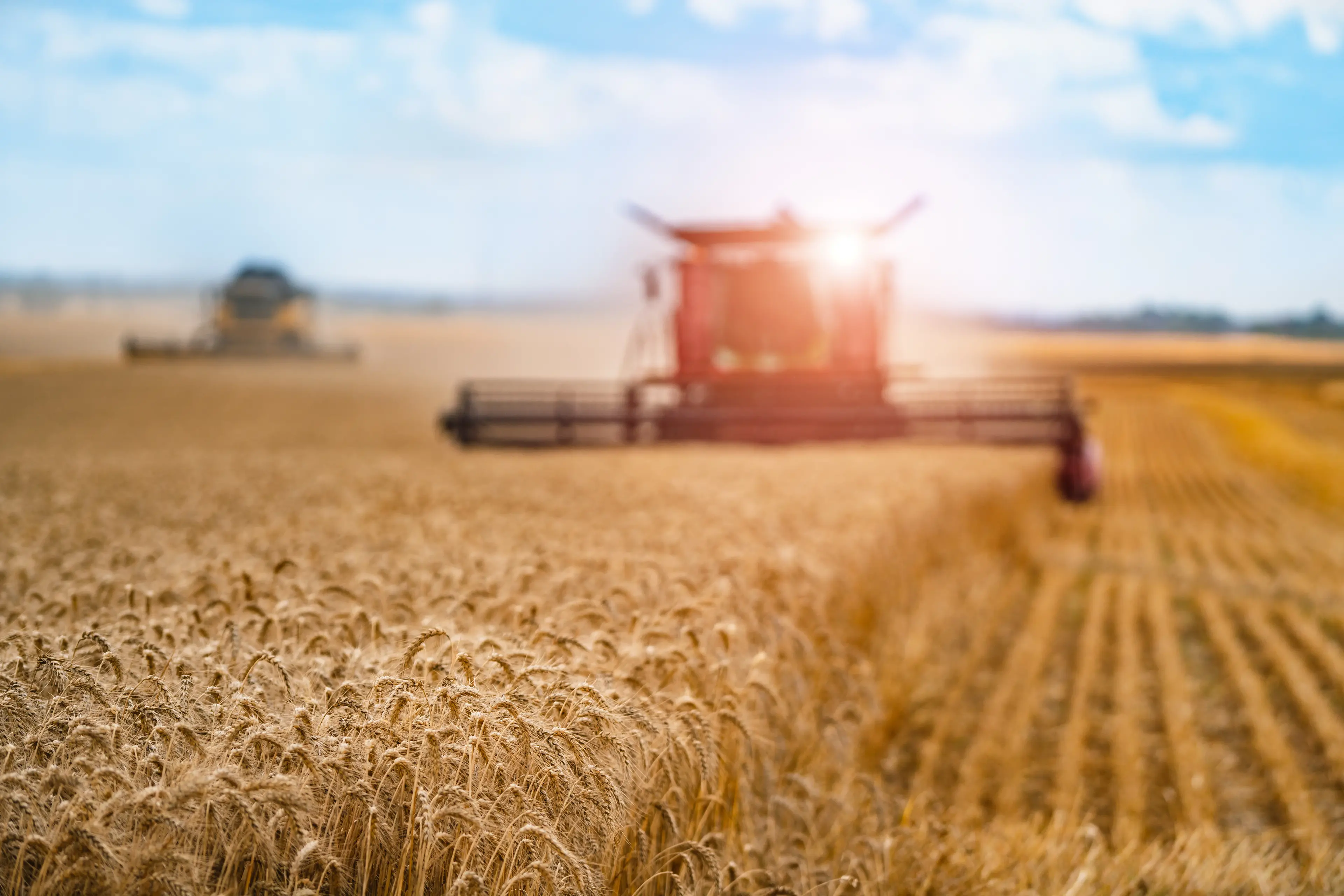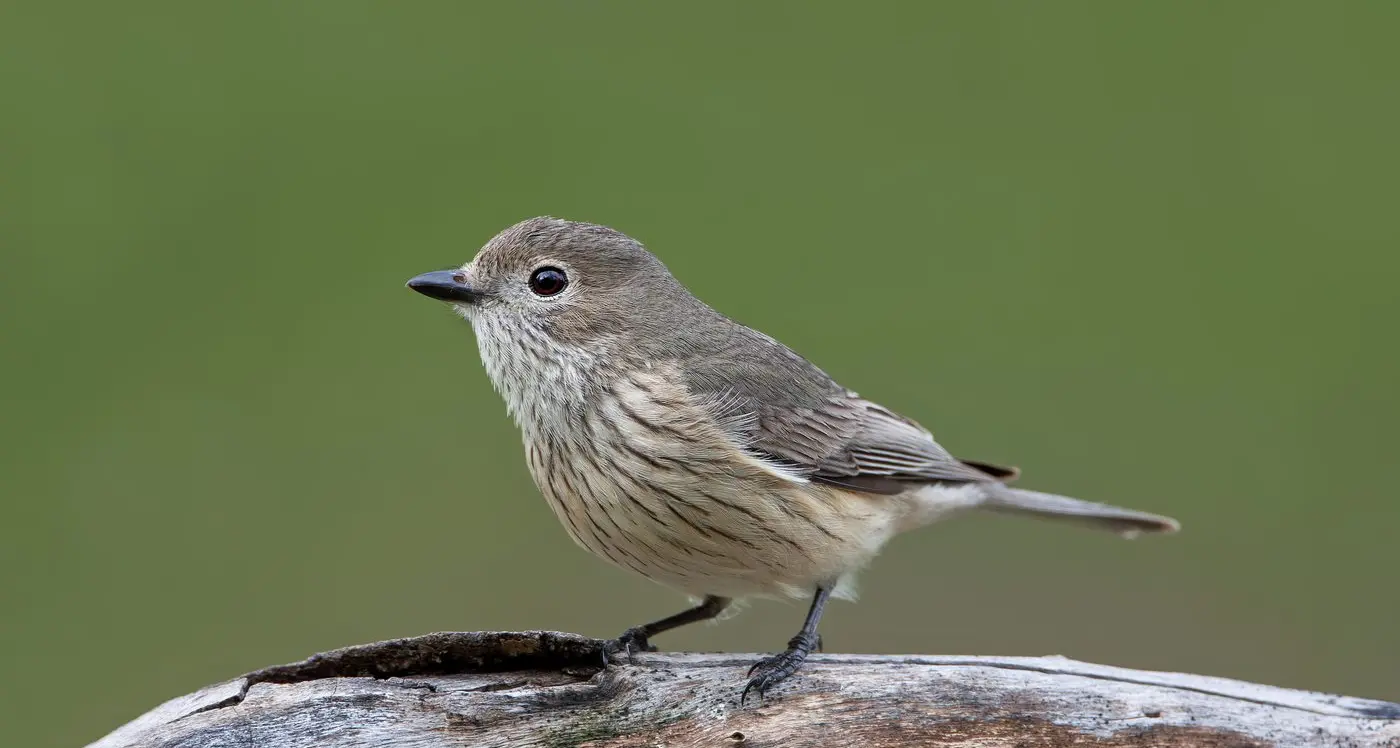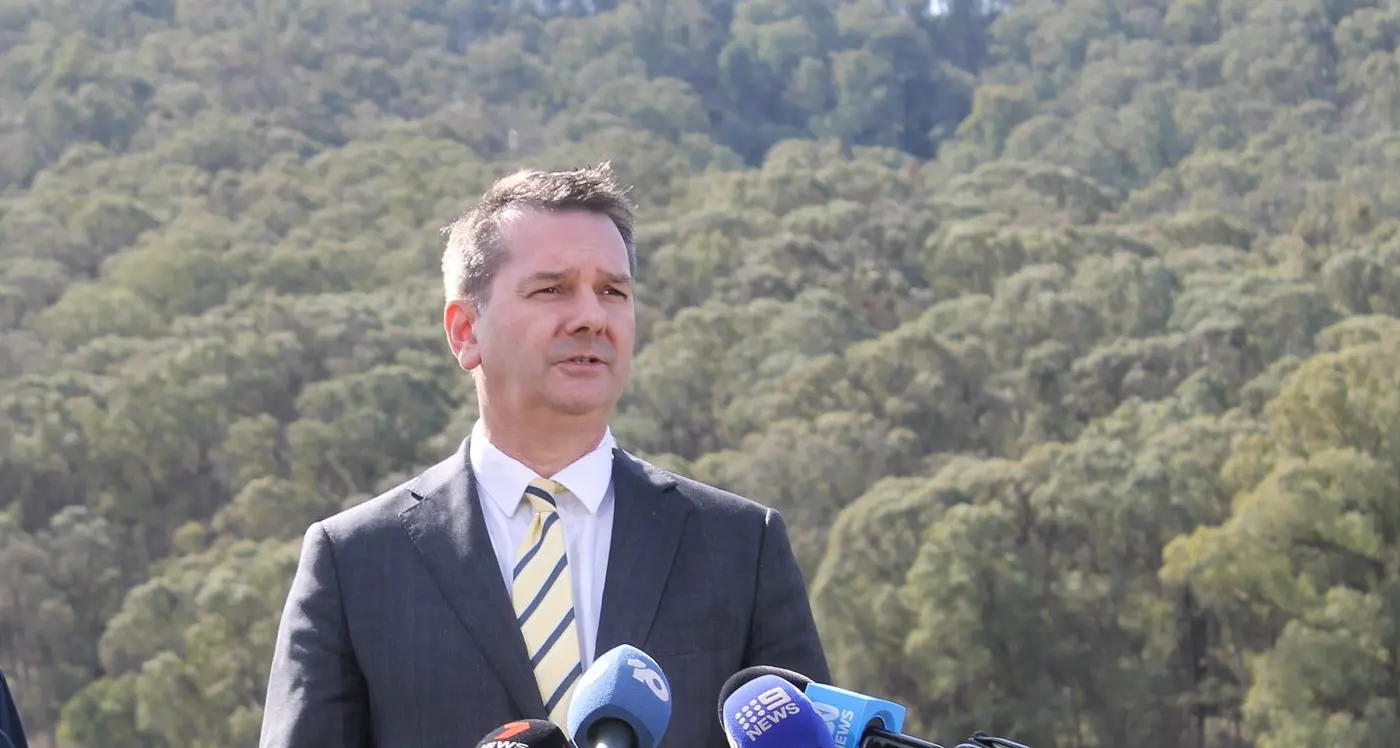PHOTO
Combine harvester harvesting wheat on sunny summer day. Harvest time. Agricultural sector
The NSW Primary Industries have reached a historic milestone, recording an estimated Gross Value of Production (GVP) of $25.5 billion, underscoring the sector’s enduring resilience, ongoing innovation, and its vital contribution to driving the state’s economy.
GVP is a key metric used by the Minns Labor Government to report on the performance of NSW primary industries and has been measured and reported by NSW Department of Primary Industries and Regional Development (DPIRD) for the past 10 years.
This record figure for the 2024/25 financial year, released today by the NSW Government, marks a 22 per cent increase from last year and is $2.4 billion above the previous record of $23.1 billion set in 2021-22.
Significantly, it is 16 per cent above the five year average and more than double the $12.5 billion recorded in 2014-15 demonstrating a sustained growth across all sectors.
The Minns Government is helping build-up and protect the state’s primary industries with $100 million invested over the last year in agricultural research and more than $1 billion in biosecurity systems and programs.
The strong GVP is built on record-breaking performance across key agricultural sectors, including unprecedented red meat and poultry production, exceptional horticulture output, and historic winter crop yield, particularly chickpeas, alongside above-average summer crop results, notably cotton and sorghum.
These outcomes are underpinned by farmer innovation, with producers adopting new technologies, farming practices, and strategies to help boost productivity and resilience.
The record comes despite external pressures from natural disasters, drier seasonal conditions, volatile prices and biosecurity challenges.
Sector breakdown for the Primary Industries portfolio 2024/25 showed:
Cropping GVP was up 31 per cent to $11.6 billion est. and 14 per cent above the five year average.
Livestock GVP was up 19 per cent to $9.5 billion est. and 18 per cent above the five year average.
Horticulture GVP was up 8 per cent to $3.7 billion est. and 18 per cent above the five year average.
Forestry GVP was up 6 per cent to $468 million est. and 5 per cent above the five year average.
Fisheries GVP is up 4 per cent to $223 million est. (including a forecast $112.6 million from aquaculture) and 7 per cent above the five year average.
The Government’s Performance and Data Insights report (DPI) provides an estimate of the GVP for all the major primary industries commodities produced in NSW and an analysis of key drivers of performance for each commodity.
The report is published annually, with 2025 marking the tenth publication. PDI estimates are published in November each year for the previous financial year, and is the most comprehensive data set available for NSW primary industries.
For more information and to access the full report, visit the NSW Department of Primary Industries and Regional Development (NSW DPIRD) PDI webpage – https://www.dpi.nsw.gov.au/about-us/publications/pdi
Minister for Agriculture Tara Moriarty said if the State’s primary industry sector was in an Olympic event it would be Gold, Silver and Bronze for NSW farmers, fishers and foresters.
"This result is outstanding," she said.
“A huge congratulation to the men and women from regional NSW who everyday go to work on the land and in our waterways to build a better and stronger NSW.
“By any measure this is an outstanding result and a testament to the hard work of our farmers, fishers, foresters and producers right across NSW.
“From cropping and livestock to horticulture and fisheries, our primary industries are thriving."
According to Ms Moriarty the NSW Government has delivered more than $100 million in new funding over the past year to modernise research capabilities and strengthen biosecurity, upgrading facilities across regional NSW ensuring producers have the tools and knowledge to adapt and thrive.
“We’re investing in research, biosecurity, and workforce development to ensure NSW remains a powerhouse of clean, green and safe food and fibre production," she said.
“We hope these numbers continue to grow year-on-year, as ongoing improvements in conditions help create more opportunities for success.”
NSW Farmers President, Xavier Martin said NSW agriculture has its sights set on producing $30 billion in farmgate value by 2030.
"We’re clearly well on the way to achieving this key milestone for our sector," he said.
“Over past year, farmers have faced no shortage of challenges in NSW, but they have managed through extraordinary risks in the landscape, and these results speak for themselves.
“Agriculture is an economic powerhouse that punches above its weight, supporting our rural communities and the state – all while feeding and clothing the world.
However, according to Mr Martin the challenges farm businesses face are only intensifying, and the ability to grow food and fibre relies on continued investment into all aspects of the sector, from research and development to biosecurity and beyond.
“Investment in agriculture is an investment that will deliver productivity and dividends back to our communities and will play an important role in improving food security and futures here and around the globe,” he said.





